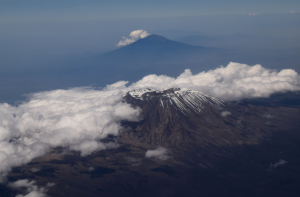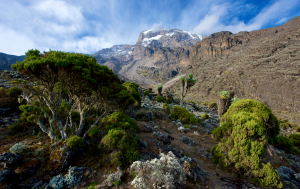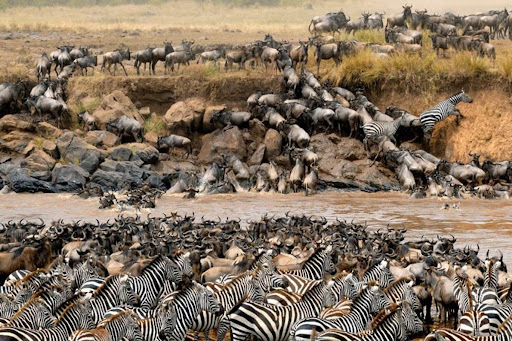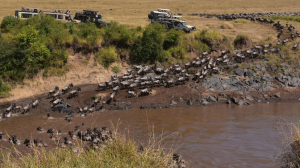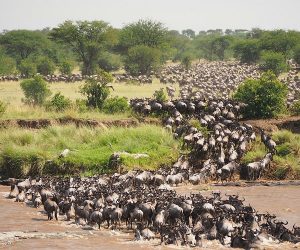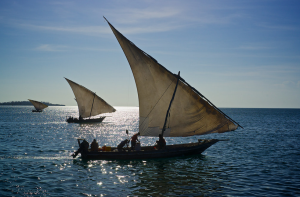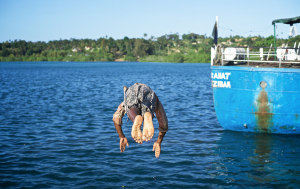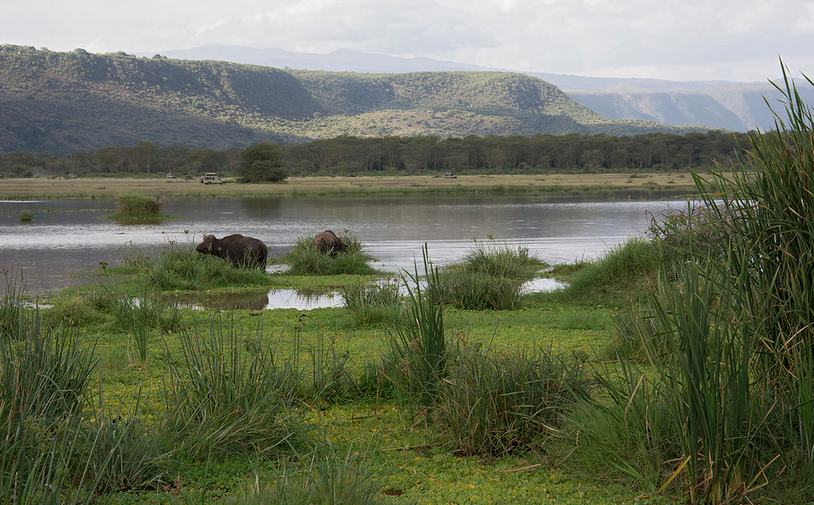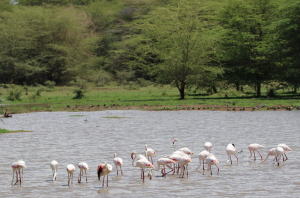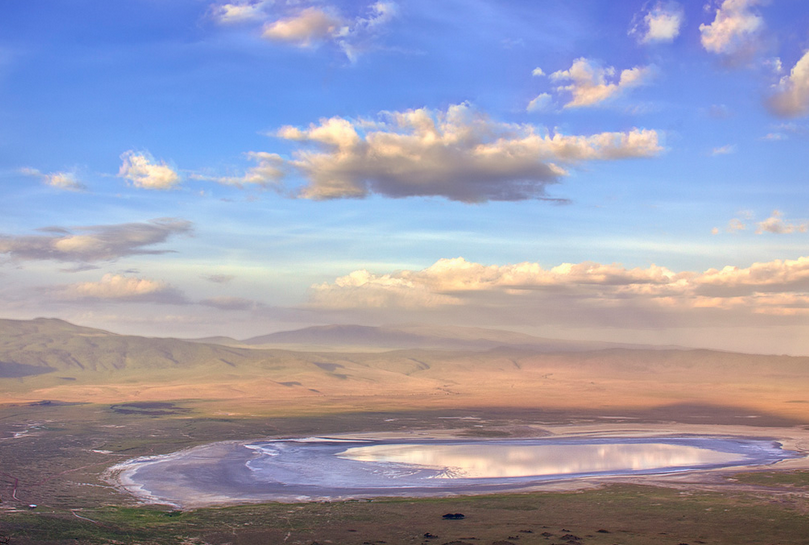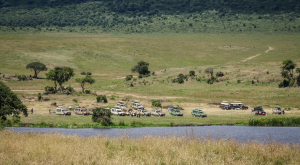Top most visited places in Uganda
Top most visited places in Uganda : also known as the pearl of Africa is a safe and enthralling place. Uganda is a land where lions laze in the acacias and hippos hump through the wetlands. Additionally, it has got misty hills that houses gorillas & chimpanzees in a land of rain-stained forests. It has also got the lapping waters of Lake Victoria (largest in Africa), and the winding channels of the Victoria Nile to boot.
A distant view of rock-ribbed mountains and standalone volcanos conquer the peripheries, shooting up to craggy summits where waterfalls and thunderstorms coalesce. Kampala is the capital of Uganda, and a pulsating city which is steeped in tribal ancestry and life. If you are travelling to Uganda for the first time, you may be hard-pressed to decide which places are the best to explore. Therefore, below we have compiled a list of the top most visited places in Uganda.
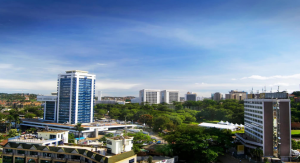
Kampala city
When visiting places in Uganda, don’t miss to check out Uganda’s capital and largest city, Kampala. It is located in the south-central part close to the shores of Lake Victoria. It is a home to a steady expat community and also offers plenty of things to see and do. Some of the beautiful places to tour in Kampala include; art galleries, temples, cathedrals and museums. You can as well browse throbbing markets such as the Owino Market (said to be the largest market in Central-east Africa) for food, clothing and crafts. The capital also offers a good range of hotels for accommodation, restaurants and bars for enjoyment and relaxation.
Lake Victoria
If you want to experience the Heart of Uganda, the story begins with Lake Victoria, which is the birthplace of the Nile River. This is basically Africa’s largest lake shared by three countries. These include; Uganda, Kenya and Tanzania and also boasts one of the world’s largest ecosystems. The lake was named in 1858 by a British Explorer “John Speke”. The lake receives its water from thousands of small streams such as River Kagera, not to mention but a few. Generally, Lake Victoria is the perfect place for those that find serenity in looking at the water. These include; boat cruise, fishing excursions and catch the sun drown into the vast water body. There is also much natural beauty and wildlife to see here; from scenic mountain views to islands beaches, and various water birds and animal species.
Entebbe city
Entebbe stands on Lake Victoria a few thousand metres north of the Equator and only 45 kilometers of the modern capital Kampala. It derives its name from a Luganda phrase “Entebbe za Mugala” literally meaning the headquarters. In fact, it was a cultural site for the Mamba clan and was also the capital of Uganda during the colonial era. Entebbe is the entrance point to Uganda through the Entebbe International Airport which was an airstrip but upgraded later in 1951. Entebbe became a British Colonial Administrative and Commercial Centre in 1893 when Sir Gerald Portal used it as a base. In 1913, Sir Frederick Treves described Entebbe as the “prettiest and most charming town of the lake”. Attractions in Entebbe include, the official residence of the president (the state house), Entebbe botanical gardens. Uganda Wildlife Education Centre, Reptile village, Ngamba Island, Mabamba swamp, Ssese island, Lutembe bay, etc
Bwindi Impenetrable Forest National Park
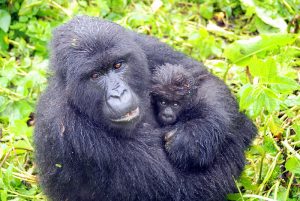
Bwindi Impenetrable Forest National Park is ranked among the top attractions in Uganda. It generally offers an amazing experience for visitors to stand just metres away from the gentle giants Mountain gorillas. Over 300 Mountain Gorillas are found in this forest of which an estimate of over 14 are habituated. Over 120 mammal species are also found here with over 350 bird species. Local communities like the Batwa pygmies live around the forest and therefore you can enjoy great cultural encounters after your Gorilla trekking. Nature walks and hiking along the trails of Buhoma and mountain biking are also available for the visitors.
Source of the Nile
The second world’s longest river is found in Africa, with Lake Victoria as its source. It basically starts its 6‚500 kilometers journey from here to the Mediterranean Sea. Of course a visit to the source of the Nile is a truly rewarding moment and this will give you an unforgettable experience. Besides, there is a golf course unwinding along the banks. In addition, the source of the Nile provides a pretty focal point to the flow of water from Lake Victoria’s only outlet. The Nile River rapids offers an opportunity to go white water rafting, Kayaking, Bungee jumping, boat cruise, etc.
Murchison Falls National Park
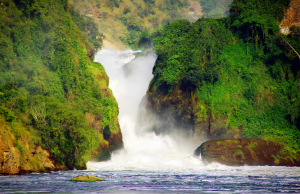
Murchison Falls National Park is the largest and oldest conservation area and one of the most spectacular in Africa. It is bisected by the Victoria Nile, which plunges 45 meters over the remnant rift valley wall, creating the dramatic Murchison Falls. While here, you can witness enormous waters bursting through a narrow gorge before crashing in powerful, roaring cascades. A boat cruise on the bottom of the falls is a rewarding experience for nature lovers. On the other hand, the northern trail teems up with a variety of bird and mammal species including the reptiles. Guided nature walks along the southern part are another refreshing activity and spot fishing is also possible at Para. A game drive in this park will leave you with great memories after spotting some of Africa’s icons. These include; African lions, elephants, leopards, giraffes, Uganda kob, water bucks, Jackson’s hartebeests, buffaloes, etc.
Queen Elizabeth National Park
Queen Elizabeth National Park is located in western Uganda, and is one of Uganda’s most visited National Parks. It was named after Queen Elizabeth II and was established in 1954. The park has got a diverse ecosystems which includes sprawling savannah, shady, humid forests, sparkling lakes and fertile wetlands. As a result, it makes it an ideal habitat for classic big game, primates and over 600 bird species. Otherwise, it is such an amazing place to explorer while on your visit to Uganda.
Mount Rwenzori
The alpine highland glaciers, snowfields and blue cirque lakes, makes Rwenzori Mountain one of Africa’s beautiful mountain parks. Huge tree-heathers and colorful mosses are draped across the mountain side. It has also got giant lobelias and everlasting flowers, creating an enchanting, fairytale scene. A nine to twelve days trek will get skilled climbers to the summit of Margherita (the highest peak). The mountain is also a UNESCO World Heritage Site located within four districts. These include; Kasese, Bundibugyo, Ntoroko and Kabarole in western Uganda along the Congo border. Furthermore, it is a home to reptiles, amphibians, over 70 mammal species and over 217 bird species.
Jinja city
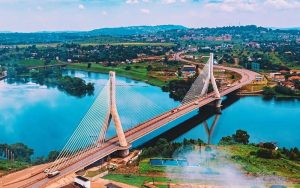
While heading to Jinja, it’s just a short drive along the highways east to the river town of Jinja. It juts out into the waters where the Victoria Nile emerges from its eponymous lake. Sleepy, sun-cracked and relaxed, the place is a perfect antidote to the energy of life in the capital. While in Jinja, you will surely find something that suits, from pool-peppered boutique hotels to more rustic ecolodges. At least don’t forget the whitewater rapids on River Nile for some rafting if you want to get the blood flowing.
Semliki National Park
Semliki National Park may be one of Uganda’s smallest national parks with inspiring beauty. Generally, it has got plenty of attractions that includes its most famous, the Sempaya Hot Springs. These hot springs bubble up from the depths to demonstrate the powerful subterranean forces that have been shaping the rift valley. You can hike through the forest to catch a glimpse of its many bird species and exotic animals. These include; flying squirrels, red-tailed monkeys, pygmy antelopes and many more. The Park sprawls across the floor of the Semliki Valley on the remote, western side of the Rwenzori Mountain. It is also dominated by the eastern extension of the great Ituri Forest of the Congo Basin.
Ziwa Rhino Sanctuary
Ziwa Rhino Sanctuary is located in Nakasongola district and it’s the only place in Uganda to see rhinos in the wild. Because of poaching, rhinos became extinct in Uganda in 1983 and so a sanctuary was set up later to reintroduce the rhinos in the country. It started with just six rhinos, but thanks to a successful breeding program which has led to an increase in the number. These rhinos can be seen by taking a guided walk with a knowledgeable ranger which takes about two to three hours.
The Equator
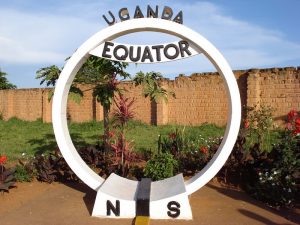
Uganda is blessed as one of the few countries where the Equator passes. It is located just 72 kilometers, along Kampala-Masaka Highway in Kayabwe, Mpigi district. You can get the iconic photo of you standing right in the middle of the Equator landmark. Here, you stand both in the southern and northern hemisphere at the same time. While at the Equator, also try out the exciting water experiment. Here, see how water swirls in opposite directions when poured at different spots of the northern and southern hemispheres.
Old Kampala Mosque
A popular thing to catch a glimpse within Kampala is the famous Old Kampala Mosque. This stately yellow building with its cluster of copper domes is the 5th largest mosque in Africa. Additionally, it has got space that occupies around 16‚000 people all praying together. Its huge prayer hall is decorated with stained glass from Italy, an enormous blue and red woven carpet, and intricate chandeliers from Egypt. If your energetic enough, try climbing the 306 steps to the top of the minaret. Here, you will have a perfect way to get your bearings and take in the size of the city from a peaceful vantage point.
Kidepo Valley National Park
Kidepo Valley National Park lies in the rugged, semi-arid valleys between Uganda’s borders with South Sudan and Kenya. It was gazetted as a national park in 1962 by Milton Obote, and has a profusion of big game. In reality, this place hosts over 80 mammal species as well as over 500 bird species.
Ssese island
Ssese islands are a group of about 84 islands dotted along the northwestern shores of Lake Victoria. As a matter of fact, island differs in size, shape and exotic flora and fauna. While here, you can relax amid beautiful scenery, see different primates, walk on white-sand beaches, enjoy horseback riding and windsurfing. You can as well as interact with the Bantu people and also learn about their culture and their daily activities.
Kibale National Park
Break through the dense jungles and wetland forests of the great Kibale National Park and you won’t be disappointed. What awaits is one of the world’s most awesome arrays of wild chimpanzee packs during your chimpanzee trekking. The Park is located in the western part of Uganda in Kamwenge district, in the protecting moist evergreen rainforest. In East Africa, it sustains the last significant expanse of pre-montane forest. All in all, Kibale is home to over 70 mammal species, over 325 bird species and other primates.
Sipi falls
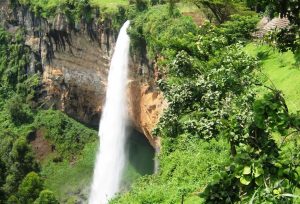
Sipi falls whose name was derived from the wild banana plant that grows nearby is one of the best places to visit while in Uganda. It is a collection of 3 falls dotted in the Kapchworwa region on the border of Mount Elgon National Park with each flowing at a different altitude. Hiking up the falls basically gives spectacular views of the Karamoja low lands, Lake Kyoga and the coffee plantations. It is popular with adventure enthusiasts especially climbers, hikers and hill runners. There are plenty of outdoor adventures such as tours to the local coffee plantations, birdwatching, hill running, rock climbing and abseiling.
Lake Bunyonyi
Regarded as one of the honeymoon holiday destinations in Uganda, the beauty that Lake Bunyonyi offers cannot be compared to anywhere else in the country. Lake Bunyonyi translated as a “place of many little birds” is located in the western part of Uganda. It is between Kisoro and Kabale districts and it is believed to be the second deepest lake in Africa. It has got a collection of 29 islands however, each with its interesting story. In fact, Lake Bunyonyi is where most travelers in Uganda head to get some peace after jam-packed safaris in the country. In addition to providing spectacular views, a number of activities can be done here. These include; canoeing, bird watching, hiking, cultural experiences and swimming in the crystal-clear waters since the lake is free from bilharzia and water animals.
Bahai Temple
The Bahai Temple also known as the “Dawning Place” is situated on Kikaaya hill. It is just a few kilometers from the heart of the city on Kampala Gayaza Road. It was completed in 1961 and it’s as well the mother temple of the Bahai’s faith in Africa. Basically, the temple represents oneness and unity with its nine-sided magnificent silhouette. Bahai Temple is of international importance and attracts followers of the Bahai faith from all corners of the world. It is also surrounded by immaculate beautiful grounds which are serene with a wide range of birds and photographic opportunities.
Mabamba Swamp
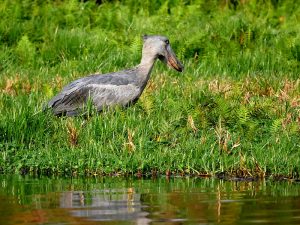
Mabamba swamp lies at the extreme end of Lake Victoria, the largest lake in Africa and second largest in the world. The swamp harbors several bird species including the rare shoebill stork making it the best birders destination. Other birds in Mabamba Swamp include; the papyrus gonolek, weaver birds, goliath heron, kingfishers, pygmy goose, chested bee-eaters, grey headed gulls, etc. Don’t miss to include this destination on bucket list while visiting Uganda.
Uganda Martyrs Shrine Namugongo
The Uganda Martyrs Shrine Namugongo is located along Kampala – Jinja highway. In fact, it is one of the most distinguished shrines in Uganda and an important site among Christians in Africa. Believers say that young Christian converts were burned to death on refusal to denounce Christianity. This angered Kabaka Mwanga II, prompting him to order the execution of the young believers on 3rd June 1886. The shrine was built to commemorate the lives lost and was later consecrated by Pope Paul VI IN 1969. On June 3 every year, Catholics pilgrims from allover the world visit this place to pay their respects to these saints.
Uganda Museum
This is the oldest museum in East Africa and was started in 1908. Was first located in Lugard’s Fort on old Kampala Hill, later transferred to Makerere University. Finally, it was transfered to Kitante hill where it stands today. It emerged when the Governor George Wilson called for “all articles of interest in Uganda”. The Museum is a collection of traditional culture and music with all kinds of musical instruments. It has also got historical samples, science, archaeological artifacts and natural history. In conclusion, add the Museum on the places to visit in Uganda since it gives a real picture of Uganda and its people.
Kasubi tombs
These are located on Kasubi hill northwest of the capital Kampala and they are a world heritage site under UNESCO. The tombs are basically the burial place for the royal family of Buganda kingdom. This makes them unique compared to others since four kings of Buganda are buried in here. These include; Muteesa I, Mwanga II, Daudi Chwa II and Sir Edward Muteesa II. This is contrary to the original traditional values and norms of Buganda where every king was rested in a separate tomb. In 2010, some sections of the tombs were burnt into ashes forcing them to be closed to visitors. However, the restoration of the burnt structures commenced in 2014 and the remains of the past Kabaka’s were reinstated. The tombs are important spiritual and political site for the Ganda people as well as an important example of traditional architecture.
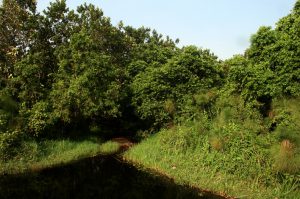
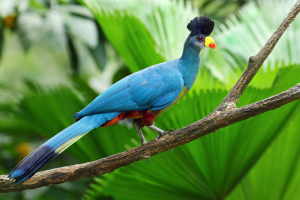
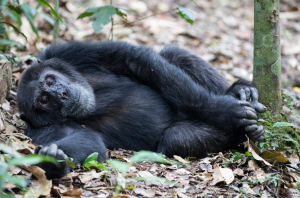
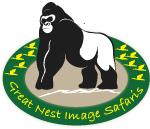
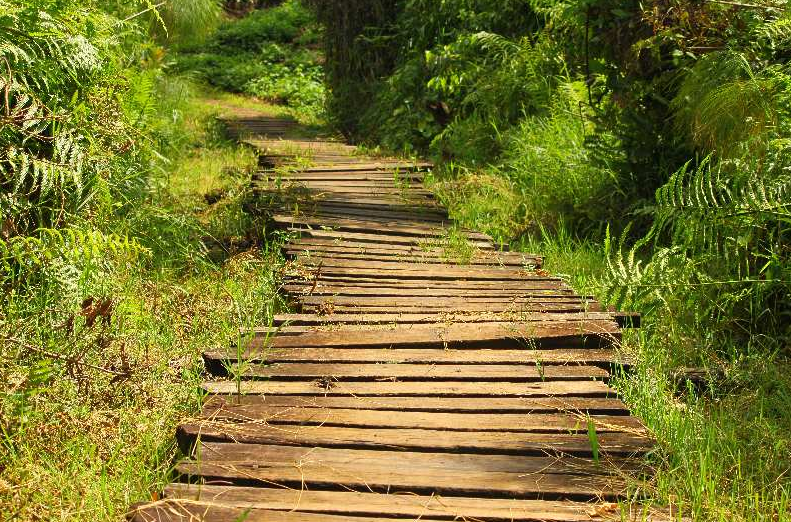








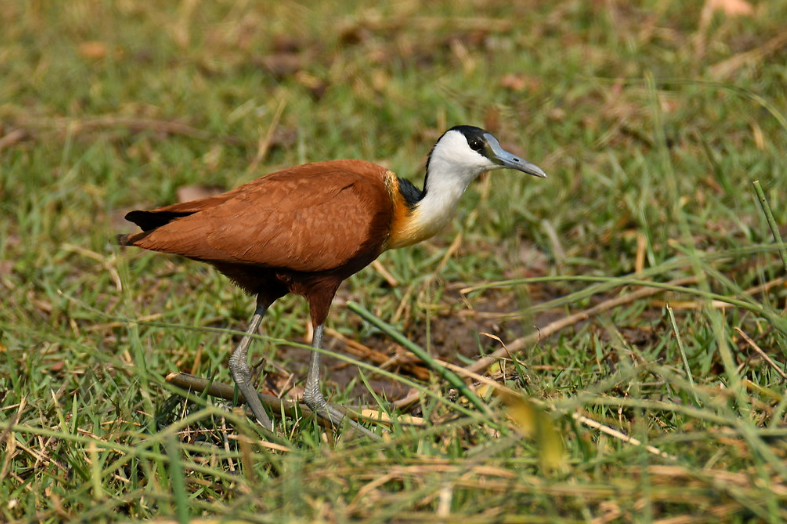
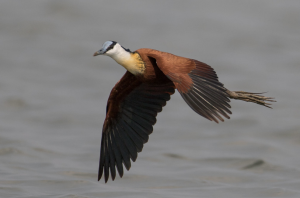
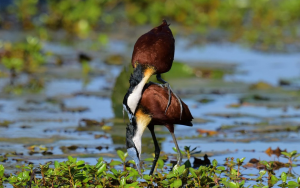
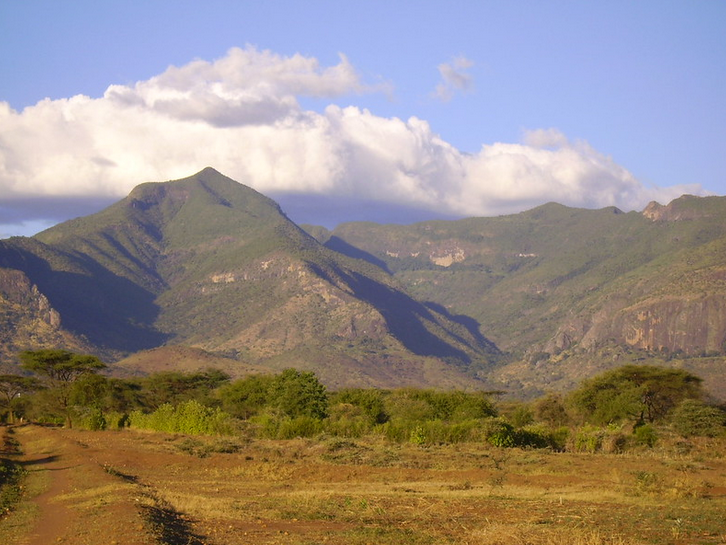
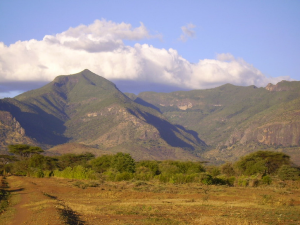
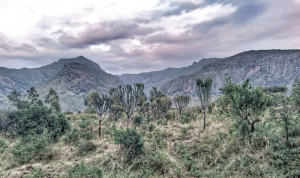
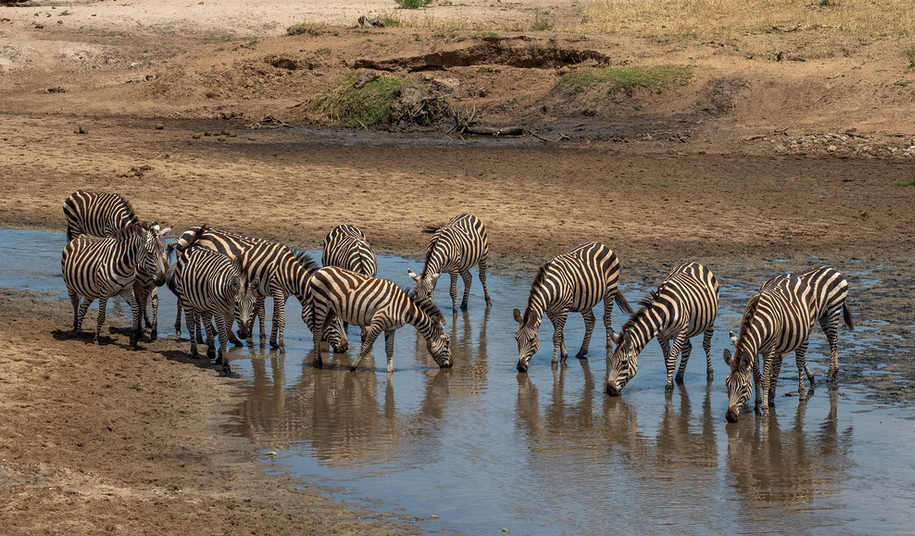
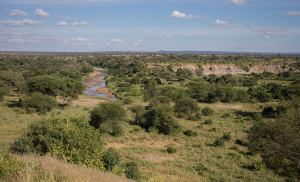
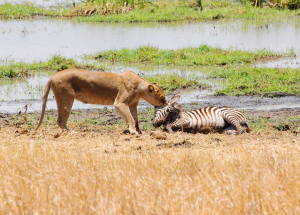
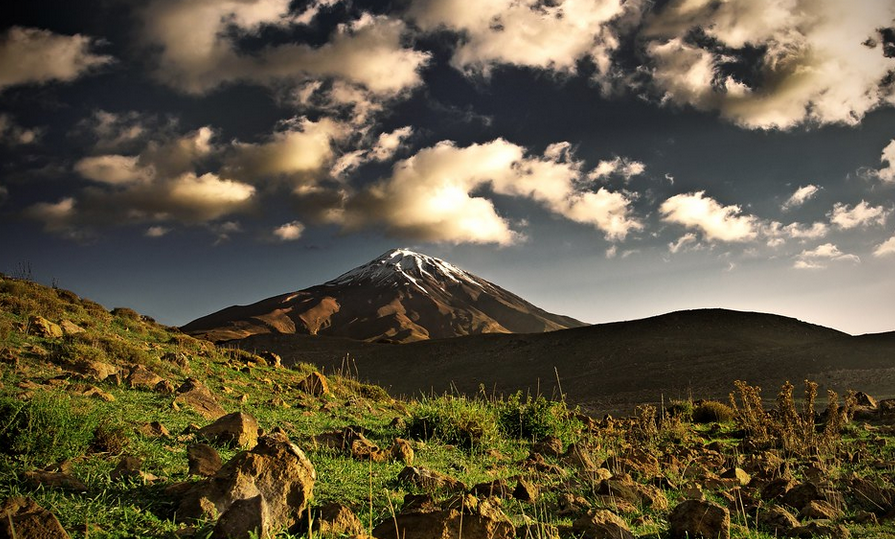
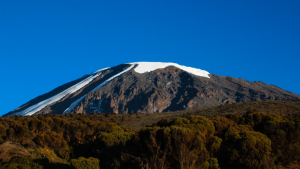 The highest point on Kobo’s crater rim is called “Uhuru” the Swahili word for freedom. However,
The highest point on Kobo’s crater rim is called “Uhuru” the Swahili word for freedom. However, 